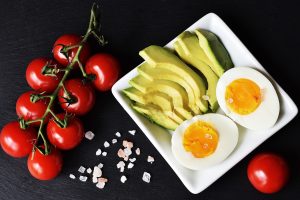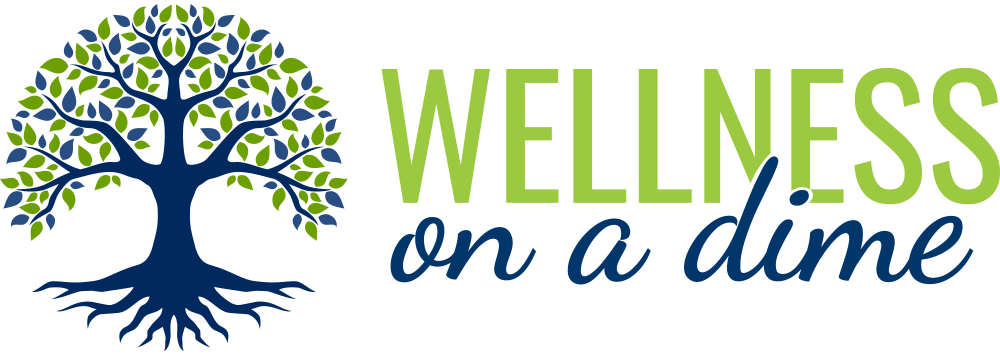 Someone may have recommended you start a clean eating program to lose weight or become more fit. If you don’t know what clean eating is, you won’t know where to begin. Not all the food at the grocery is a healthy choice. Some food is nothing more than white flour and sugar with a few other ingredients to hold it together. It lacks nutrients. Eating clean means eating whole foods closest to their natural state, with minimal processing, which may include washing, freezing, cutting, cooking, and canning.
Someone may have recommended you start a clean eating program to lose weight or become more fit. If you don’t know what clean eating is, you won’t know where to begin. Not all the food at the grocery is a healthy choice. Some food is nothing more than white flour and sugar with a few other ingredients to hold it together. It lacks nutrients. Eating clean means eating whole foods closest to their natural state, with minimal processing, which may include washing, freezing, cutting, cooking, and canning.
Clean eating isn’t dieting.
When you diet, you follow a strict food plan with each detail spelled out. Dieting includes calculating carbs or calories. Dieting always ends, sometimes in success and sometimes in failure. Then you go back to old eating habits that made you gain weight in the first place. Often, the weight you lose returns. Clean eating helps you lose weight without a restrictive diet. Just avoiding food with added sugar goes a long way to help you eat clean.
Read ingredient labels.
If you read a label and the ingredients sound like something from a chemistry lab, it shouldn’t be part of a clean diet. Avoid foods with added sugar. Today’s labels are easy to read. The FDA changed food labels to make them easier to understand. They show fiber, total sugar, and added sugar percentage and grams. Higher fiber is good. Natural sugar isn’t a problem. It’s in fruits and vegetables. Added sugar is where the real issue occurs. If you’re buying peanut butter, fruits, or vegetables, choose those that contain only peanuts, fruit, or vegetables.
Processed meat should never be part of a clean eating menu.
Processed meat includes meats cured, salted, fermented, or processed to enhance the flavor or improve preservation. If you love hot dogs, corned beef, beef jerky, sausage, canned meat or meat sauces, luncheon meat, or bacon, switching to clean eating will take some adjustment. There is a link to an increased risk of cancer. According to one study, each time you eat them, it takes 36 minutes off your life. It’s not much if it’s only occasionally, but it becomes significant if it’s several times a week for years.
- Choose whole grains over refined flour. Whole grains contain bran, endosperm, and germ. Bran is fiber. The germ contains the nutrients. The endosperm is mostly starch. Highly processed flour contains only the endosperm.
- You can eat cleaner by choosing organic fruits and vegetables on the EWG Dirty Dozen list. You don’t have to spend the extra money for organic if the fruit or vegetable is on the EWG Clean 15 list.
- Healthy fat should be part of a clean diet. Healthy fat can come from food like avocados, fatty fish, nuts, and dairy from pastured grass-fed cows. Choose healthy oils based on smoke point. Olive oil is healthy but not when used to cook at high heat.
- Clean eating doesn’t mean eating only fresh fruits and vegetables. Frozen fruits and vegetables may be more nutritious since they’re at peak ripeness when picked and immediately frozen.
For more information, contact us today at Wellness On A Dime Coaching
